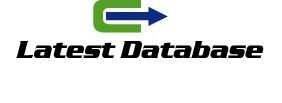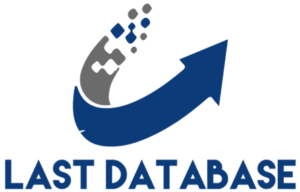On the other hand, we have transactional keywords . These are usually middle-tail or long-tail keywords, as they include a specific action the user wants to take. For example, “buy women’s shoes.” They are generally us in e-commerce publications and advertising . They are also relatively easy to include on your website through CTA buttons and menu tabs.
Geolocation Keywords
These are keywords us in searches for a specific location . asia mobile number list For example, “coffee shops in Buenos Aires” is a geolocation keyword. One way to leverage these keywords is, for example, to create an article, post, or newsletter about “the ten best coffee shops in Buenos Aires.” At least one of them would be yours (or the one you want to advertise).
Of course, you can (and should) also add location tags to your website and create specific campaigns focus on your location. In any case, to use these types of keywords successfully, you’ll ne to thoroughly segment your target audience bas on their location.
LSI Keywords
A separate type of keyword is LSI (Latent Semantic Indexing). They aren’t defin by user intent or length: they are terms semantically relat to the main keyword. If this were, for example, “shoe,” some LSI terms might include “rubber,” “leather,” and “size.”
They’re not exactly the same as secondary keywords, branding agencies in san francisco california which aim to attract more audiences, as their function is to demonstrate the relevance of the content. Let me explain: when they crawl a keyword, search engines look for content that includes LSI (Least Commonly Us) keywords to understand exactly what the keyword is referring to. Additionally, they can infer how trustworthy the content is and, chile business directory therefore, whether it should rank well in the SERPs.






